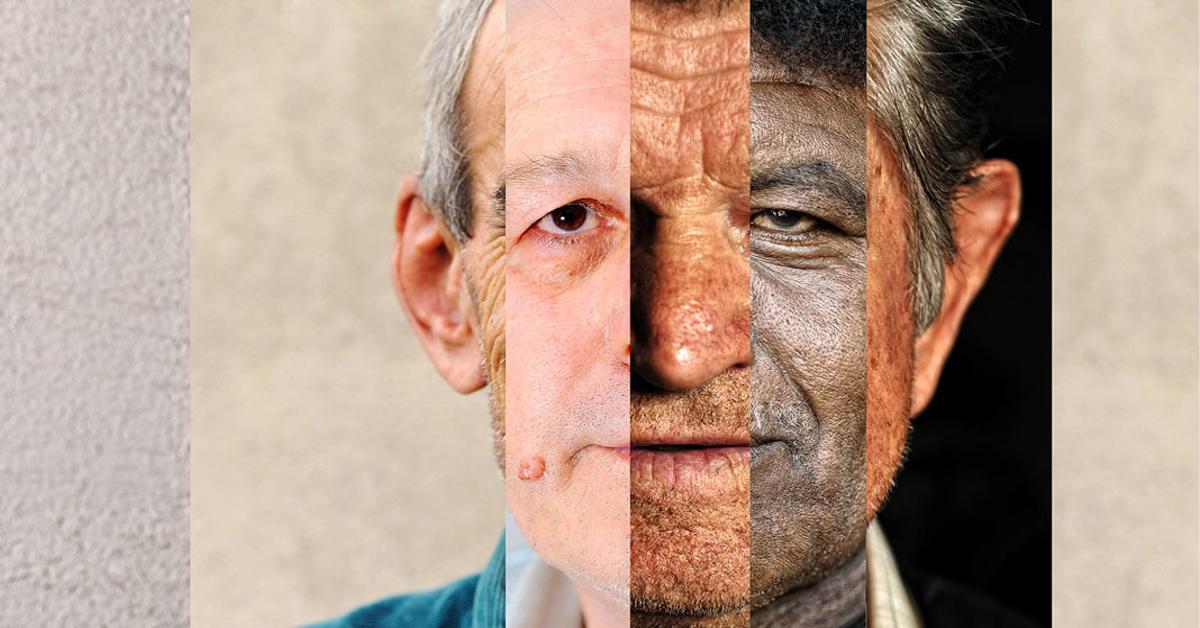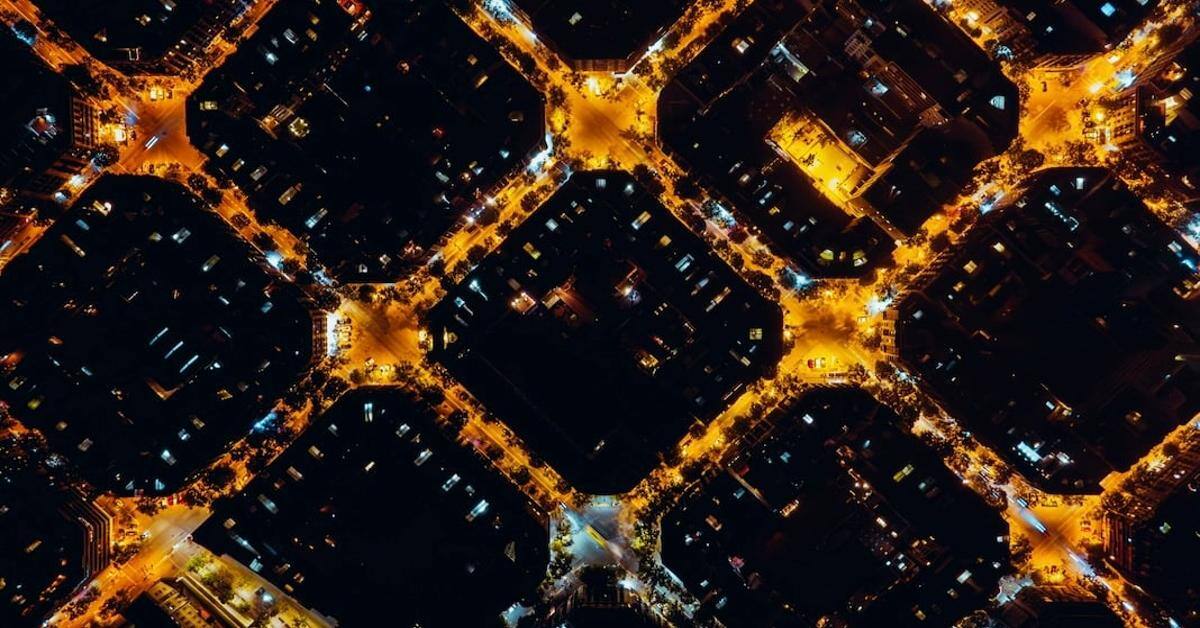First, let me state my position that AI is the most important technology humanity has ever created. In the long term, it will bring immeasurable good.
Second, let me say that in the short term it’s going to challenge society in a lot of different ways, not least of which is deepfakes. We saw this in the recent scam involving an unauthorized digital replica of Taylor Swift promoting cookware. Other celebrities, including Tom Hanks, Gayle King, and MrBeast, have also been impersonated using AI-generated versions of themselves to endorse products without their permission.
The old adage “seeing is believing” is no longer true.
In the “old days” (a year or two ago) it would take 30 seconds to generate a single image using generative AI. Now, companies like Stability.ai are generating 100 images per second, and with typical video being 30 images per second, that means we’re generating convincing video on the fly.
Ultimately, AI-generated video will be indistinguishable from real life. NVIDIA CEO Jensen Huang has said, “Every single pixel will be generated soon. Not rendered: generated.”
Full-length Hollywood movies will be AI-generated by the end of 2025. Then, within a year or two, they’ll be generated live using your smartphone.
So, how can you trust anything you see? And how do you defend against deepfakes? How will this impact global elections? Society? Your industry and your family, and what the heck do we do about this?
A lot of what you’re about to read may be scary, but there are also incredible benefits and positive applications of deepfake technology. I’ve included several of these benefits at the end. (You can either read all the way through or skip to the end.)
That’s what this blog is about: the risks and benefits of deepfakes. This is one of the key topics we’ll be covering this March during my Abundance Summit, themed “The Great AI Debate.”
Let’s dive in...
Deepfake Risks
The Upcoming Presidential Election
Perhaps minimal harm is done when a fake celebrity is pushing a product, but what about when deepfakes are being used to sway national elections, like the US presidential election later this year?
In 2016, the political consulting firm Cambridge Analytica gained international prominence primarily for its work on Donald Trump's 2016 presidential campaign. Eight years ago, this was a multimillion-dollar effort for a significant team of coders and hackers. Today, with generative AI, the same might happen with a college kid in his or her dorm room.
One could argue that, realistically, both political parties will end up using deepfake technology. Otherwise, one opponent (or their secret minions) will achieve such an overwhelming advantage that they become unbeatable.
Put differently, with regard to business or politics, “AI won’t beat you, but your opponent using AI will always beat you.”
This reality sets off a rush to use the technology first for competitive advantage.
How big a change in public opinion do you need to sway to win an election... 1%... 3%? A small change can make a huge difference.
If a voter sees a convincing hyper-realistic video over and over again, and even if you’re told it’s a deepfake, do you ignore the video, or, perhaps somewhere deep in the voter’s subconscious, does the message take root and sway their vote regardless?
What happens when Scarlett Johansson calls you personally, and sweet talks you about the importance of voting for Bob?
And this threat is no longer hypothetical.
Just this week, The Washington Post reported that the New Hampshire Justice Department is investigating reports of robocalls using an AI-generated voice of President Biden urging voters to skip the state’s primary. This appears to be the first “notable use” of voter suppression using AI in this election cycle.
At the same time, fake images of Trump continue to circulate online.
Yet the downside risk of deepfakes goes beyond any given election—the technology threatens the very existence of truth.
Just as bad actors can use AI to create fake speech or videos, actual politicians (and others) can use AI as a scapegoat when denying potentially damaging allegations. Berkeley professor Hany Farid, who studies digital propaganda and misinformation, told The Washington Post that with AI, “When you actually do catch a police officer or politician saying something awful, they have plausible deniability.”
In the same Washington Post article, Libby Lange, an analyst at the misinformation tracking organization Graphika, highlighted the broader risk: “If everything could be fake, and if everyone’s claiming everything is fake or manipulated in some way, there’s really no sense of ground truth. Politically motivated actors, especially, can take whatever interpretation they choose.”
Persuasive AI-Generated Speech
Beyond deepfake videos, AI-generated speech may be even more dangerous.
How persuasive is a good orator? Musk and other AI leaders say we will achieve “digital super intelligence” this decade. And if that is true, then superhuman creativity, as well as superhuman speech and persuasion, is just around the corner. So, what might superhuman speech look like?
Deepfake scams extend beyond mere advertising malpractice. They have also been used to create fake testimonials, mislead consumers into hidden subscription models, and even attempt financial fraud through voice deepfakes. We’ve heard about parents and grandparents getting calls from their children and grandchildren saying, “Oh no, I'm in an emergency... please send money!” And guess what, it works. (Pro tip: In your family, have a special verification “code word” that you can use to verify such unusual requests.)
If an AI could be as convincing and debonair as the most persuasive news anchors, and as compelling as the best politicians, we have to consider how we inoculate ourselves against speech and video that can be incredibly persuasive.
What Might a Solution Look Like?
In response to recent deepfake scams, lawmakers have proposed bills like the “Deepfakes Accountability Act” and the “No Fakes Act,” aiming to establish guidelines for AI-generated content, such as mandatory content labels or consent for using someone's likeness or voice. Several states have taken the initiative to regulate AI content, but a nationwide policy is yet to be enacted.
But as Emad Mostaque, CEO of Stability.ai, says, “The only option will be the use of AI to defend against the bad guys using AI. We need to innovate AI countermeasures at the speed of AI, not the pace of conferences or policy, because people need protecting on this kind of stuff.”
If the pixels are indistinguishable when viewed by a human or by an AI, how do you create an authentication mechanism?
One method is to use blockchain to enable content authenticity—so every single image generated by the originator has indestructible metadata attached to it.
As I’ve said in the past, the world’s biggest problems are the world’s biggest business opportunities... and this is a HUGE business opportunity for the right companies.
Ultimately, entrepreneurs in cooperation with government, will need to build the infrastructure and countermeasures to address these issues in the same way that the Counterfeit Deterrence System (developed by a consortium of over 30 central banks), was developed and implemented by Xerox and other photocopier manufacturers to help prevent the illegal copying of currency.
In a recent conversation I had with Mostaque he made the point that: “These deepfakes only spread if our infrastructure allows them to spread, nothing spreads by itself, but a lot more research is needed. You stop spread through means of identification and authentication. And there is much work needed to take place on the infrastructure layer.”
And as Musk has said, there will eventually be a conversation about “freedom of speech” versus “freedom of reach.”
The good news is that there is in fact some good news. Deepfakes, like any technology, have both positive and negative applications. Here are some of the benefits…
The Benefits of Deepfakes
Reviving the Past: Bringing Back Those Who Have Passed Away
Deepfake technology possesses the remarkable ability to create lifelike interactive images and voices, enabling us to connect with individuals long after they have passed away.
The rise of “thanabots,” AI chatbots that are trained on data of the deceased, reflects a growing interest in using deepfake technology to keep in touch with those who have died.
For example, Project December allows users to speak with virtual representations of their loved ones through an AI chatbot that simulates their ways of thinking and speaking. The platform is one of several profiled in the recently released documentary Eternal You, which explores various startups that are using AI to create a “digital afterlife.”
In another example, the Dalí Museum in St. Petersburg, Florida collaborated with Goodby, Silverstein & Partners (GS&P) to resurrect the iconic artist Salvador Dalí through deepfake technology. By merging archival footage with AI algorithms, they created an interactive Dalí that greets and engages with visitors. Nathan Shipley, GS&P's Technical Director, described this as "the first time a cultural institution has used deepfakes for artistic purposes." This revolutionary use of deepfakes not only brings the artist back to life but also offers visitors a unique interactive experience with Dalí's art and persona.
In another impactful instance, the parents of Joaquin Oliver, a victim of a Florida school shooting, used deepfake technology to create a compelling video advocating for gun control. This application demonstrates deepfake's potential in driving social and political change, providing a powerful platform for advocacy and awareness.
Enhancing Learning: Increasingly Interactive Educational Experiences
The realm of education is also witnessing a transformation thanks to deepfake technology. It enhances online learning, making it more engaging and interactive, especially crucial in an era where digital learning is becoming increasingly prevalent. In Shanghai, Associate Professor Jiang Fei utilized an anime version of himself to teach during the pandemic lockdown, noting a substantial increase in student engagement.
As Jiang Fei pointed out, "The enthusiasm of the students in class, and the improvement of the quality of homework have made obvious progress." This example highlights how deepfakes can revitalize the educational process, making learning more appealing and effective for students.
Revolutionizing Video Production: Lower-Cost, More Efficient Methods
In marketing and video production, deepfakes offer a cost-effective and efficient solution. By using an actor's licensed identity and previous recordings, marketers can create new content without the need for physical presence, significantly reducing production costs and time. This is particularly useful for businesses looking to feature their busy executives in marketing campaigns.
The ease of editing and updating content with deepfake technology also adds to its appeal, demonstrating its utility in agile and responsive content creation.
Transforming Customer Engagement: More Engaging Customer Service and Marketing
Deepfakes are opening new avenues for businesses to engage and serve customers in personalized, interactive ways. For example, businesses are exploring the use of customized deepfake avatars for customer service, offering a more engaging alternative to traditional text-based chatbots.
Imagine having a deepfake of Steve Jobs explaining the new iPhone 20 to you and its benefits. Or a deepfake of Elon Musk sitting next to you in the passenger seat in a new model X speaking about its newest features in a personal and conversational tone, referring to you by name and discussing how much room there is for your two children in the back seat. How persuasive might that be?
Such approaches will personalize customer interactions, making them more memorable and effective.
For example, Reuters has harnessed AI-generated deepfake presenters to deliver sports news summaries. This not only personalizes the news experience but also demonstrates the versatility of deepfakes in dynamic content delivery. The virtual news reporter can adapt to individual preferences, offering a smoother and more accessible way to consume news content. This innovative application of deepfake technology in the news industry signifies a shift towards more interactive and tailored media consumption.
Why This Matters
In the constant whirlwind of AI's rapid advancement, it's clear that deepfakes are not just a fleeting trend but a pivotal technology shaping our future.
Entrepreneurs should take note: the opportunities are boundless. Imagine resurrecting historical icons, transforming education, or revolutionizing marketing. It's a canvas for innovation, a chance to craft experiences that once seemed like science fiction.
But we must also tread cautiously. The same technology that can enlighten and entertain also harbors risks that could undermine individual integrity and societal trust.
This is a critical balancing act.
We need entrepreneurial minds to forge AI-based shields against deepfake misuses, similar to antivirus software in the digital age. Education, platform policies, and legal frameworks must evolve in tandem to safeguard against digital deception.
The narrative of deepfakes is ours to write—let’s ensure it's a story of positive transformation and ethical advancement. This isn't just about technology; it's about shaping a future where deepfakes amplify our potential while safeguarding our values.
How do you keep up with exponential change?
We will experience more change this coming decade than we have in the entire past century.
Converging exponential technologies like AI, Robotics, AR/VR, Quantum, and Biotech are disrupting and reinventing every industry and business model.
How do you surf this tsunami of change, survive, and thrive?
The answer lies in your access to Knowledge and Community.
Knowledge about the breakthroughs expected over the next two to three years.
This Knowledge comes from an incredible Faculty curated by Peter H. Diamandis, MD at his private leadership Summit called the Abundance Summit. Every year, Peter gathers Faculty who are industry disruptors and changemakers.
Our Faculty this year includes dozens more leaders of this caliber – each bringing our members critically important Knowledge about the future.
But even more important than Knowledge is Community.
A Community that understands your challenges and inspires you to pursue your Massive Transformative Purpose (MTP) and Moonshot(s).
Community is core to Abundance360. Our members are hand-selected and carefully cultivated—fellow entrepreneurs, investors, business owners, and CEOs running businesses valued from $10M to $10B.
Abundance360 members believe that “The day before something is truly a breakthrough it’s a crazy idea.” They also believe that “We are living during the most extraordinary time ever in human history!”
Having the right Knowledge and Community can be the difference between thriving in your business—or getting disrupted and crushed by the tsunami of change.
This is the essence of Abundance360: Singularity University’s highest-level leadership program that includes an annual 4-day Summit, hands-on quarterly Workshops, regular Masterminds, curated member matching, and a vibrant close-knit Community with an uncompromising Mission.
“We’re here to shape your mindset, fuel your ambitions with cutting-edge technologies, accelerate your wealth, and amplify your global impact.”
If you are ready, you can use the link below to apply to become a member of Abundance360 and attend this year's Abundance Summit.
I discuss how to manage the risks of AI on my podcast. Here’s a conversation I recently enjoyed:
A Statement From Peter:
My goal with this newsletter is to inspire leaders to play BIG. If that’s you, thank you for being here. If you know someone who can use this, please share it. Together, we can uplift humanity.
Topics: Abundance Entrepreneurship Abundance 360



.png?width=331&height=80&name=Layer_1%20(1).png)
-1.png?width=318&height=77&name=Layer_1%20(1)-1.png)






